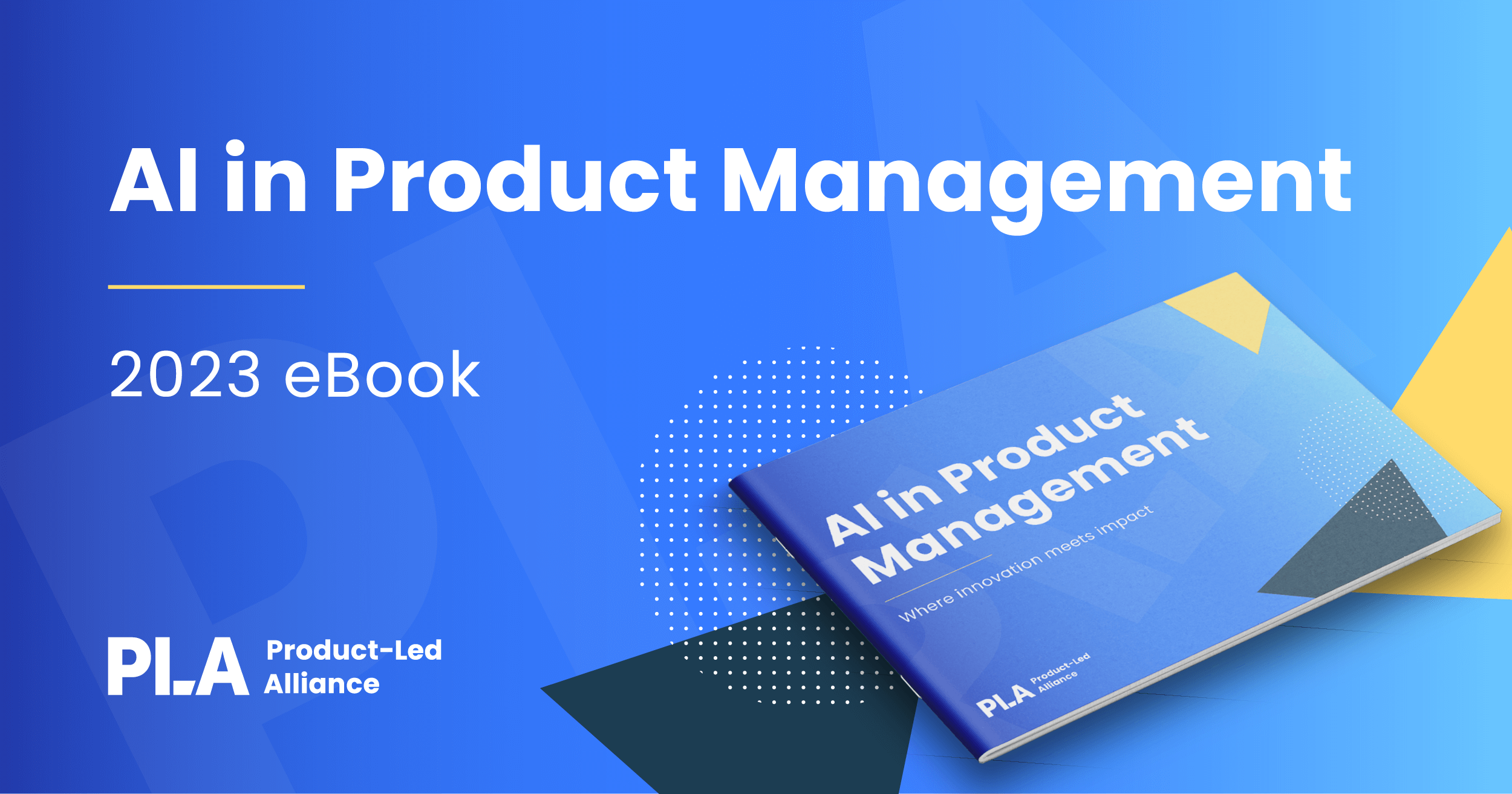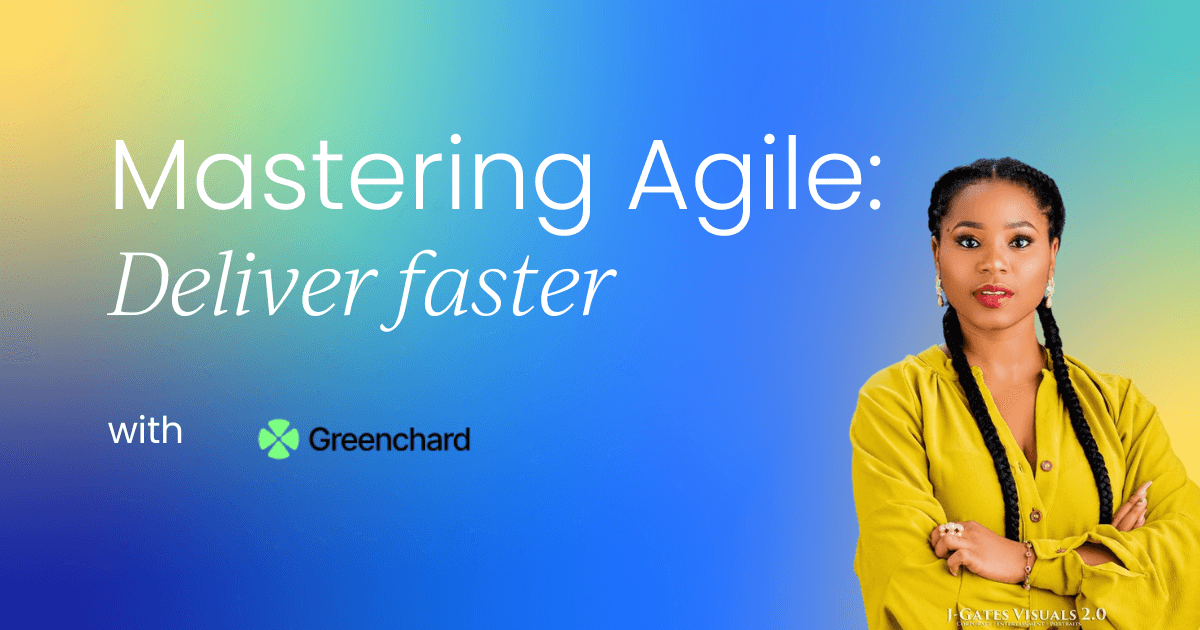Remember the last-minute scramble to meet a project deadline because of unexpected changes? Or the frustration of building a product that no one actually wants? Or getting your product team and the Dev Ops team to work collaboratively? These are common challenges in traditional product development and project management.
With Agile, the approach to product development and management is like a nimble athlete, ready to pivot and adapt to changing requirements and product goals. It's about breaking down large projects into smaller, manageable chunks, and delivering value to customers faster. By focusing on flexibility, collaboration, and continuous improvement, Agile methodologies help teams build better products and achieve greater success.
This article will thoroughly explore all you need to know about adopting Agile in product development.
What is Agile methodology?
Agile is not only about breaking down big projects into smaller, more manageable pieces. It is also about the little details and mindset of the people working on the product. Imagine building a house one brick at a time instead of trying to construct the entire building at once.
Also, imagine having to manage the bricklayer, the painter, the electrician, and the gardener to ensure that the painter doesn’t start his job until the bricklayer is done laying the blocks and plastering the walls and the electrician does not install electrical appliances after the painter has completed his painting, That’s essentially what Agile does.
At its core, agile methodology promotes focused bursts called sprints. During each sprint, they plan, design, develop, test, and deliver a valuable piece of the final product. This iterative approach allows flexibility and continuous improvement, collaboration, and self-organization in alignment with market changes.
Instead of strict, upfront planning, Agile emphasizes collaboration and adaptability. Teams work closely together, regularly checking in and adjusting their plans as needed. This helps ensure that the final product meets the customer's needs and expectations.
The benefits of Agile adoption in product development
Agile isn't just about how you work; it's also about the amazing results you get at the end. Imagine delivering products faster, with fewer bugs, that customers love. That's the power of Agile.
Agile adoption offers numerous benefits to organizations engaged in product development. One of the primary advantages is increased flexibility and adaptability. In traditional development models, changes to requirements or scope often lead to significant delays and cost overruns.
Agile, on the other hand, embraces change as an inherent part of its development process. This flexibility allows teams to pivot quickly in response to new data, information, market shifts, or, most importantly, customer feedback, ensuring that the final product remains relevant and valuable.
Agile teams are like well-oiled machines. By working closely together and breaking down silos, they create a culture of innovation and self-organization. This leads to faster problem-solving, better decision-making, and a stronger sense of ownership over the project.
Other benefits
Another key benefit of agile adoption is improved collaboration and communication among team members. Agile methodologies emphasise face-to-face interactions, daily stand-up meetings, and cross-functional teams. This increased communication fosters a sense of shared ownership and accountability, leading to better problem-solving and decision-making. By breaking down silos between different departments and roles, agile promotes a more cohesive and efficient work environment.
Plus, Agile helps you stay ahead of the competition. With its focus on delivering value quickly, you can respond to market changes and customer feedback in real-time. This means your product is always relevant and meets the needs of your target audience.
Agile methodologies often lead to higher-quality products. The iterative nature of agile development allows for continuous testing and refinement throughout the process. By incorporating quality assurance at every stage, rather than leaving it to the end of the development cycle, teams can identify and address issues early on, reducing the likelihood of major defects in the final product.
Challenges in Agile adoption
Agile transformation and adoption in product management isn't always a smooth ride. There are hurdles to overcome. One big challenge is getting everyone on board. Changing how a team works can be tough, especially for those used to the old ways of doing things.
Another issue is keeping projects on track. Agile is flexible, but that doesn't mean it's without structure. Balancing the need for adaptability with the need for predictability can be tricky.
Plus, measuring success in Agile can be different. Traditional metrics might not tell the whole story. Finding the right ways to track progress and improvement is essential.
Measuring the efficiency of Agile adoption
To truly understand the impact of agile adoption on product development efficiency, organizations need to establish appropriate metrics and measurement frameworks. Traditional measures of success, such as adherence to predetermined schedules or budgets, may not fully capture the value delivered through agile methodologies. Instead, organizations should focus on metrics that reflect the core principles of agile and the outcomes it aims to achieve, including qualitative and quantitative assessments.
Let’s review some of these metrics :
Cycle Time
One key metric for assessing agile efficiency is cycle time, which measures the time it takes for a feature or product increment to move from ideation to delivery. Shorter cycle times indicate greater agility and faster value delivery to customers.
Another important measure is the frequency and consistency of releases. Regular, predictable releases demonstrate the team's ability to deliver working software incrementally and maintain a steady pace of development.
Customer satisfaction and engagement
Customer satisfaction and engagement metrics are also crucial indicators of agile efficiency. By gathering feedback early and often, agile teams can ensure that they are building products that truly meet the user’s needs.
Metrics such as Net Promoter Score (NPS), user adoption rates, and feature usage can provide valuable insights into the effectiveness of the agile development process in delivering customer value.
Team morale
Team productivity and morale are additional factors to consider when evaluating agile efficiency. Metrics like velocity (the amount of work completed in a sprint) and sprint burndown charts can help track team productivity over time. Employee satisfaction surveys and team health checks can provide insights into how well the agile methodology is working for the individuals involved in the development process.
Best practices for efficient adoption
To maximize the efficiency of agile adoption in product development, organizations should consider implementing several best practices.
Training
First and foremost, it's crucial to invest in proper training and education for all team members and stakeholders. A thorough understanding of agile principles, practices, and tools is essential for successful implementation. This includes not only development team members but also product owners, managers, and executives who play a role in the product development process.
Tools
Implementing the right tools and technologies can significantly enhance the efficiency of agile processes. Project management software, collaboration platforms, and automated testing tools can streamline workflows and improve communication among team members.
Regular retrospectives
Regular retrospectives and continuous improvement efforts are essential for maintaining and enhancing agile efficiency and creating a psychologically safe space over time where teams should regularly reflect on their processes, identify areas for improvement, and experiment with new approaches.
Case studies: Spotify, Amazon, and Tesla
Examining real-world examples of successful agile adoption can provide valuable insights into its efficiency in product development. One notable case is Spotify, the music streaming giant, which has become renowned for its unique approach to scaling agile practices.
Spotify's model, based on small, cross-functional teams called "squads," has allowed the company to maintain agility and innovation even as it has grown to serve millions of users worldwide. This approach has enabled Spotify to continuously evolve its product offerings and stay ahead in a highly competitive market.
Another example is Amazon, which has embraced agile methodologies across its various product development initiatives. The company's "two-pizza team" rule, which limits team sizes to those that can be fed by two pizzas, ensures that teams remain small, nimble, and focused. This approach has contributed to Amazon's ability to innovate rapidly across a wide range of products and services, from e-commerce to cloud computing.
In the automotive industry, Tesla has demonstrated the power of agile principles in hardware development. By applying iterative development and continuous improvement to car manufacturing,
Tesla has been able to update its vehicles' software and features regularly, much like a software product. This agile approach has allowed Tesla to respond quickly to customer feedback and technological advancements, setting it apart in an industry traditionally known for long development cycles.
These case studies illustrate that agile adoption can be successful across various industries and product types, from software to physical goods. The key lies in adapting agile principles to fit the specific context and needs of the organization while maintaining the core values of flexibility, collaboration, and customer-centricity.
The future of Agile in product development
As technology continues to evolve and market conditions become increasingly dynamic, the role of agile methodologies in product development is likely to grow even more significantly. We can expect to see further refinements and adaptations of agile practices to address the challenges of scaling and application in diverse contexts.
The growing emphasis on remote and distributed work, accelerated by recent global events, is also shaping the future of agile adoption. Organizations are finding new ways to maintain agile principles and practices in virtual environments, leveraging digital collaboration tools and adapting ceremonies like daily stand-ups and sprint reviews to online formats.
This evolution of agile for remote teams is most likely to continue, potentially leading to new hybrid models that combine the best of both co-located and distributed agile practices.
One emerging trend is the integration of agile principles with other methodologies and frameworks. For example, The combination of agile with lean startup principles has given rise to approaches like Lean-Agile, which emphasizes rapid experimentation and validates learning in product development.
Similarly, the integration of agile with design thinking methodologies is helping organizations better understand and address user needs throughout the development process.
Artificial intelligence and machine learning are also likely to play an increasing role in enhancing agile processes. AI-powered tools could help teams make more data-driven decisions, automate routine tasks, and perhaps predict potential roadblocks or opportunities in the development process. This integration of AI with agile methodologies has the potential to further increase efficiency and effectiveness in product development.
Conclusion
The adoption of agile methodologies in product development has proven to be a powerful driver of efficiency, innovation, and customer satisfaction. By embracing flexibility, fostering collaboration, and focusing on delivering value incrementally, organizations can significantly enhance their ability to develop successful products in today’s reality.
Ultimately, the efficiency of agile adoption in product development is not just about following a set of practices or implementing certain tools. It's about embracing a mindset of continuous improvement, adaptability, and customer-centricity. Organizations that can truly embody these principles will be well-positioned to thrive in the complex and rapidly changing landscape of modern product development.
Are you ready to leap? Start small, build a supportive team, and focus on delivering value. Agile is the now and the future.
Are you ready to dive headfirst into the exciting realm where AI and product management collide?
Introducing our brand-new AI Product Manager's eBook – your ultimate guide to navigating the ever-evolving landscape of product management in the age of artificial intelligence.




 Follow us on LinkedIn
Follow us on LinkedIn




